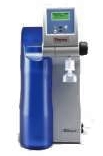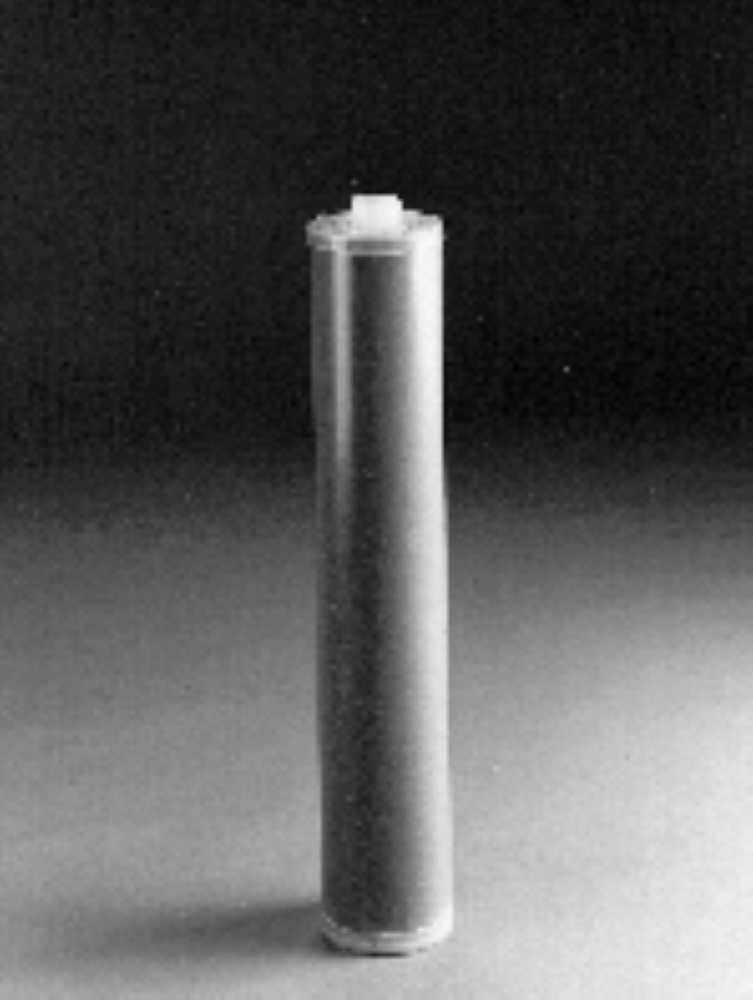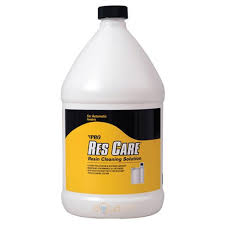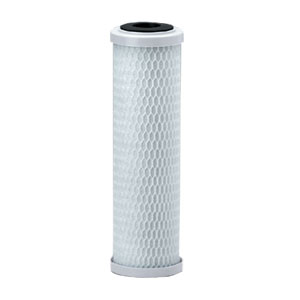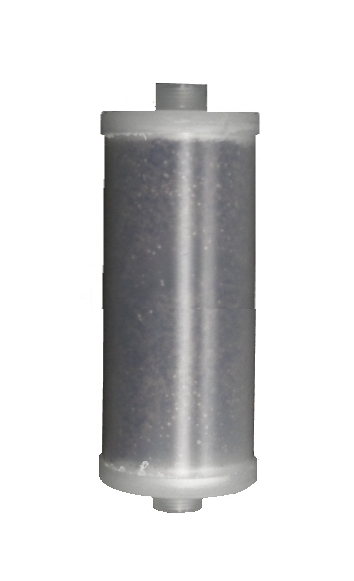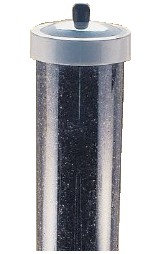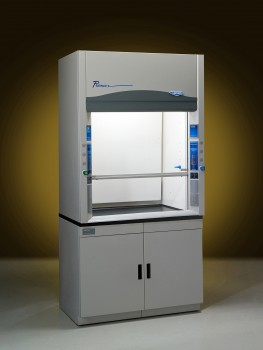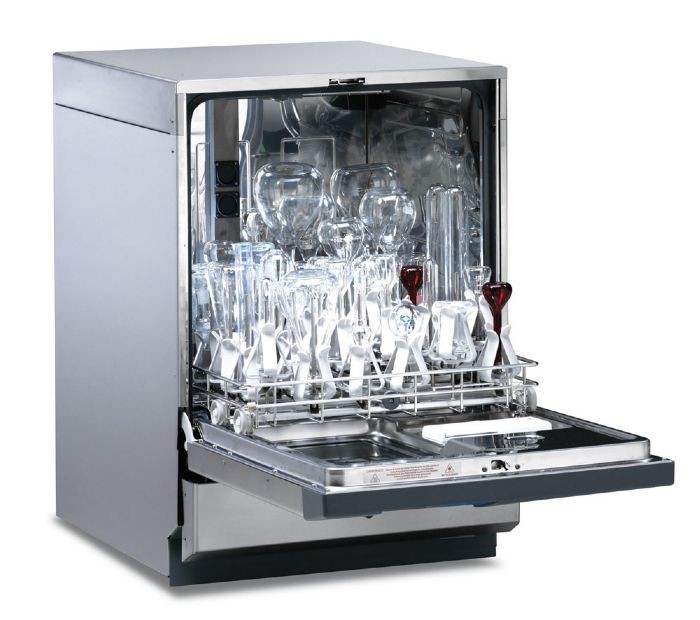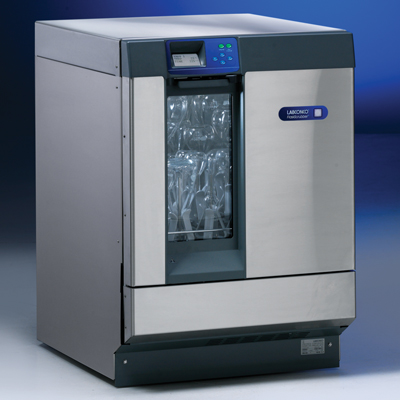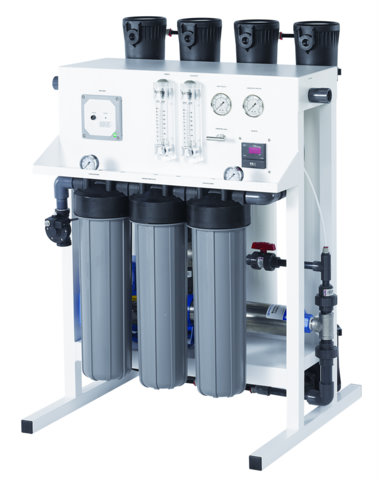|
Celebrating 33 years providing high quality products and advice.
|
| Our Local Time Is 10:07:55 AM. |
| Call us at 818-786-0600. We are here to help! |
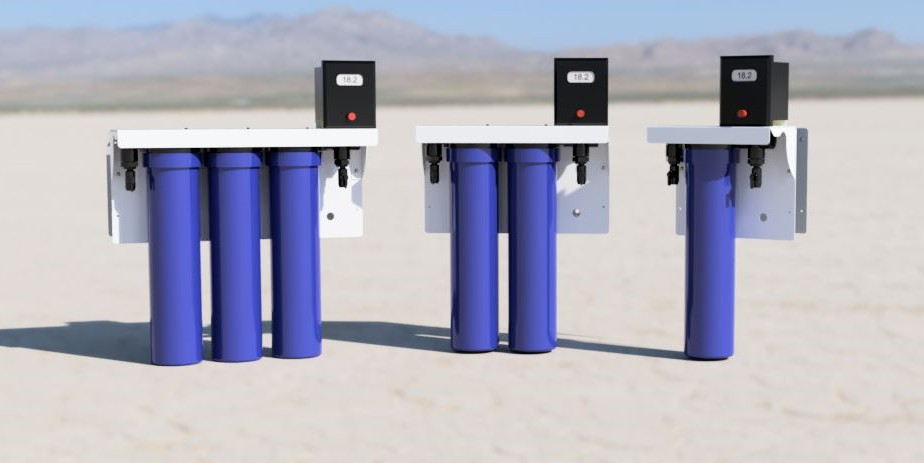 |
ON SALE NOW
Introducing the Polaris Lab Water Systems
High Purity Water Made In The USA.
Click here for more info. |
How to remove Sulfate from water
How can sulfate be removed from water?
Three types of treatment systems will remove sulfate from drinking water: reverse osmosis, distillation, or ion exchange. Water softeners, carbon filters, and sediment filters do not remove sulfate. Water softeners merely change magnesium or calcium sulfate into sodium sulfate, which is somewhat more laxative.
1. Reverse Osmosis (RO) is a water treatment system that removes most dissolved substances, such as sulfate, from water by forcing the water through a cellophane-like plastic sheet known as a "semipermeable membrane." It can typically remove between 93 and 99 percent of the sulfate in drinking water depending on the type of unit. A small counter top RO unit will produce about 3 gallons per day. Slightly larger units that are usually installed under the sink will produce 5 to 20 gallons per day. RO units typically produce only 1 gallon of water for every 4 to 10 gallons of water treated. The remaining water goes to waste.
2. Distillation is a water treatment system that boils water, then cools the steam until it condenses into a separate container. The dissolved substances, such as sulfate, are left behind in the boiling pot. With proper operation, distillation units can remove nearly 100 percent of sulfate. Distillation units require about four hours to produce 1 gallon of water, so this type of treatment uses a considerable amount of energy in its operation.
3. Ion Exchange is the most common method of removing large quantities of sulfate from water for commercial, livestock, and public supplies, but is not commonly used for individual household water treatment. It is a process where one element or chemical is switched for another. Many people are familiar with water softening, one common type of ion exchange system. Water softening works by passing "hard" water - water with calcium and magnesium - through a tank filled with a special resin saturated with sodium ions. The hardness minerals stick to the resin, and the sodium is dissolved in the water. Ion exchange systems for removal of sulfate work in a similar manner, but use a different type of resin. Sulfate ions in the water exchange places with other ions, usually chloride, which is on the resin. When the resin is full to capacity with sulfate, it must be "regenerated" with a salt solution. Water softeners for removal of hardness do not remove sulfate, and sulfate removal systems do not remove hardness, although some commercial units contain both resins and can remove both hardness and sulfate. Using this method will end out trading your Sulfate problem for an equal chloride problem. High Chloride causes pitting and corrosion on metal surfaces.
If both a water softener and a sulfate removal system are used, the water softener is usually placed before the sulfate removal system.
Any water treatment system requires proper operation and maintenance to ensure that it continues to function properly. It is important to follow the recommendations of the manufacturer and installer for the maintenance of the water treatment system.
source : http://www.health.state.mn.us/divs/eh/wells/waterquality/sulfate.html
|
Images are representative of the products. Images may or may not be of the actual product. If it is important e-mail us for an actual image if available.
* Flat Rate UPS shipping when able to ship via UPS and is in the USA excluding Hawaii and Alaska.
Larger Items may not be able to ship via UPS, in that case freight charges will be quoted seperately.
International shipping will be quoted after the order is placed. You will have the opportunity to cancel before we finalize your order.
Terms and conditions
Credit Application
Privacy
Policy
List All Products
|



